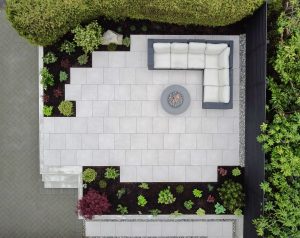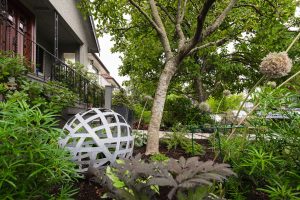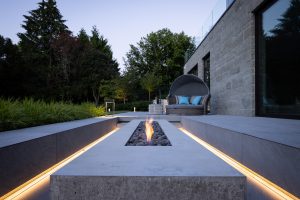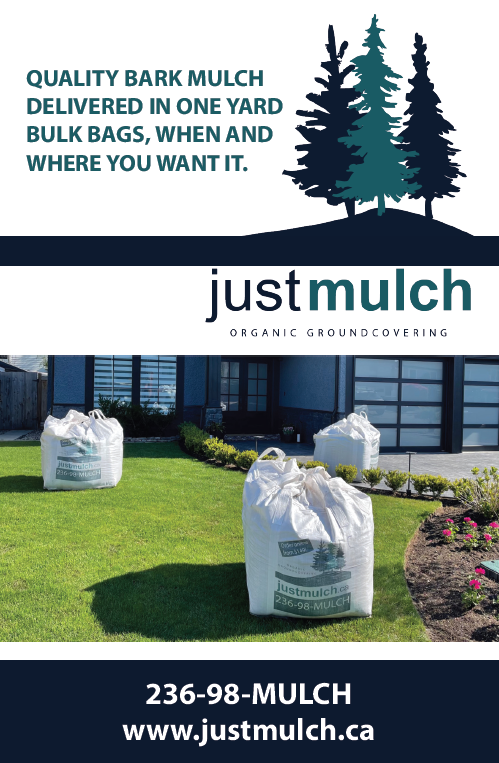Tips courtesy of Hannah Nicolle (BCLNA) and Stuart Service (CNLA)
Picture this: you’ve completed an amazing landscaping project and are ready to submit it to the Landscape Awards of Excellence. Your client is thrilled and all your hard work has paid off! The only thing left to do is capture what you’ve done so well in order to convince the public and the judging panel that you deserve that coveted badge…
Tip 1
Use a Professional
Fun fact: if you do this, the rest of this article barely matters! Professional photographers will ensure you get the absolute most out of your photos, and the pictures will make a great addition to your online portfolio. Professionals will have much more sophisticated tools than the average person, and will be able to capture and edit shots that us regulars simply couldn’t.
Bonus: The LAEs strongly encourage video submissions, and drone shots are an amazing way to elevate your application and let the judges see the full extent of your work on the property!
Tip 2
Pay Attention to Lighting
Not all lighting is created equal! The best times of day to shoot are either during the first or last light of a sunny day, or when the skies are overcast.
Tip 3
Tell A Story
Sequence your pictures as if you are walking through the property. The judges want to get a feel for the experience of being on site, and should visually be able to go on a virtual walkthrough without having to guess what they’re looking at from a series of jumbled photos.
Tip 4
Angles, Angles, Angles!
Take pictures from a wide variety of angles so that you can choose your best shots. Make sure to include points of interest on the property, avoiding irrelevant imagery (i.e. plant close-ups)
Tip 5
Right Equipment, Right Settings
Ideally, the more sophisticated the camera, the better, but whatever you have to shoot with – make it work! If you’re using a smartphone, make sure to use the highest quality settings you have (4k if possible). These will never be the default as the file sizes will be bigger than most people tend to like on a day-to-day basis, so make sure you check them before shooting!
Tip 6
Composition
Landscape pictures with no “subject” can be harder to line up than your usual portraits, but it’s not impossible! Think of the photo in your screen as being split into three both ways. In the majority of cases, the most interesting part of your photo (the focal point) looks best when situated off-centre, in either the top/bottom left or right of the screen. Use “leading lines” (e.g. paths, fences, etc) whenever possible to help draw the viewer’s eye to what you want them to focus on.
Tip 7
If You Want Closer, Get Closer
Your camera may have a zoom, but the real life version (moving closer to your subject) will ALWAYS reveal better results! Zooming with your camera or phone will cut down on the number of pixels in the picture, lowering the quality of your shot, so whenever possible, walk towards what you want to capture, and your shot will turn out fabulous.
Tip 8
Tidy Up!
Your pictures are going to be the final impression that everyone has of your work, so it goes without saying that anything that shouldn’t be in the shot needs to be firmly out. Weeds, dead foliage, tools, etc can be easy to miss when your brain is in a million places at once, but the judges shouldn’t see them! Make sure your set is spotless before you roll the cameras.
You’ve done the work, now go get the shot!
We are looking forward to seeing your submissions – APPLY FOR THE 2023 LAEs TODAY!





